Getting Around Maui: Rental Cars, Shuttles, Busses, Cabs and Ride Sharing Options
(Complete listing of all forms of Maui transportation is at the bottom of the article)
Often the first thing a person does when landing on Maui is head to the car rental station and hop on a shuttle to pick up a car. This part of the rental car journey is fairly seamless. It's once you get to the agency where troubles can pop up. For whatever reason, the larger agencies seem to be continually understaffed. Waits of two hours to get your car have been known to happen. It's a real bummer of a way to start your vacation. That said, most of the time the waits are not that extreme and unless you wish to go carless, you really have no choice but to bite the bullet.
But good news is on the way. A new rental car facility, housing all of the rental car agencies, is being built on the airport grounds, complete with an electric train to carry passengers to and from the main terminal and baggage claim areas. It is scheduled to be up and running in the Fall/Winter of 2019. Hopefully by then the agencies will have their acts together.
More good news? There is healthy competition for car rentals and the prices for rentals by the week are actually quite comparable to mainland pricing, depending on the time of year you visit. If you come during the winter months, expect to pay more. We've found the best deal vs. hassle incurred to be at Costco. If you're a Costco member, you can save significant amount from four of the larger rental car agencies: Alamo, Avis, Budget and Enterprise.
If you're not a Costco member and you aren't picky about the agency you use, Hotwire.com and Priceline.com both offer "blind" pricing, meaning it will quote you a price, but not tell you which rental agency the car is from until after you book it. The pricing at these two places tends to be non-refundable. So, if price isn't your ultimate decision factor or you have "member" status at a particular rental car company, you may be better off spending a few extra bucks and booking directly with the company of your choice.
Another option for low cost cars is to go through one of the smaller, local car companies. Where the larger car companies tend to rent "like new" cars that glisten with the sun, the local companies tend to rent used cars that have a bit of a rundown feeling. That said, these cars also don't scream "tourist," so the cars are safer from prowlers. There's also an option for eco-friendly electric cars and Prius models (see list below).
The final option for renting a car on Maui is to not rent a car on Maui. If you're staying out in Lahaina/Kaanapali/Kapalua, this may not be a good option. Generally speaking, getting to grocery stores or leaving your resort can be quite a hike. If you're staying in Kihei, not having a car is definitely doable.
No matter where you are, though, Uber and Lyft have a much better presence than they did even a year ago. Cabs are also readily available, though you'll often need to book them in advance. You don't often see cabs just driving the streets looking for rides. The bus system on Maui is OK. You can generally get anywhere you need to go by bus, but be prepared to wait. They don't run often and it can be maddening trying to find a bus stop.
Here's a guide to all of your transportation needs on Maui...
NATIONAL CAR RENTAL AGENCIES
- Alamo
- Avis
- Budget
- Enterprise
- Hertz
- National
- Turo
LOCAL DISCOUNT WEBSITES
- Cheap Maui Car Rental
- Discount Hawaii Car Rental
- Hawaii Car Rentals
LOCAL CAR RENTAL COMPANIES
- Aloha Rental Car
- Bio-Beetle Rent-A-Car (eco-friendly cars)
- Frank's Friendly Cars
- Kimo's Rent-A-Car
- Manaloha Rent-A-Car
- Maui Car Rentals, Inc.
- Maui Cruisers
- Maui Rent-A-Car
MAUI BUS SYSTEM
- Route Maps and Bus Tracker
- Bus Schedules
- Rider app for IOS and Android (real-time bus updates)
TAXI CABS
- CB Maui Taxi Service
- Maui Airport Taxi and Shuttle
- West Maui Taxi
SHUTTLES AND CAR SERVICE
- Aloha Share Express
- Christopher Luxury Sedan Service
- ExecuCar
- Go Airport Shuttle
- Hawaii Executive Transportation
- Maui Pleasant Taxi
- Roberts Hawaii (The largest bus/shuttle on Maui)
- Speedi-Shuttle
By the way, did you know that you can now save $10/person on our Maui Princess Dinner Cruise or a Snorkel Adventure to the island of Lanai? Well you can! Just use the promo code VIP20 after clicking on this link: Hawaii Ocean Project Adventures.
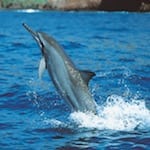 Spinner Dolphins (Very common)
Spinner Dolphins (Very common)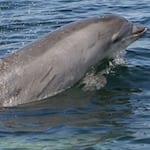 Bottlenose Dolphins (Somewhat common)
Bottlenose Dolphins (Somewhat common)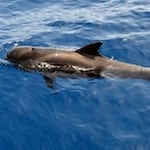 Short-Finned Pilot Whales (Somewhat rare)
Short-Finned Pilot Whales (Somewhat rare)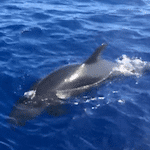 False Killer Whales (Rare)
False Killer Whales (Rare)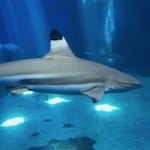 Blacktip Reef Sharks (common)
Blacktip Reef Sharks (common)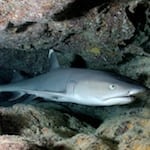 Whitetip Reef Sharks (common)
Whitetip Reef Sharks (common)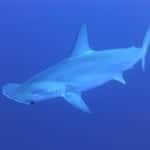 Hammerhead Sharks (rare)
Hammerhead Sharks (rare)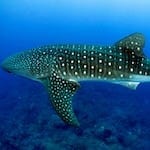 Whale Sharks (rare)
Whale Sharks (rare)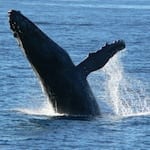 Humpback Whales (Common)
Humpback Whales (Common)